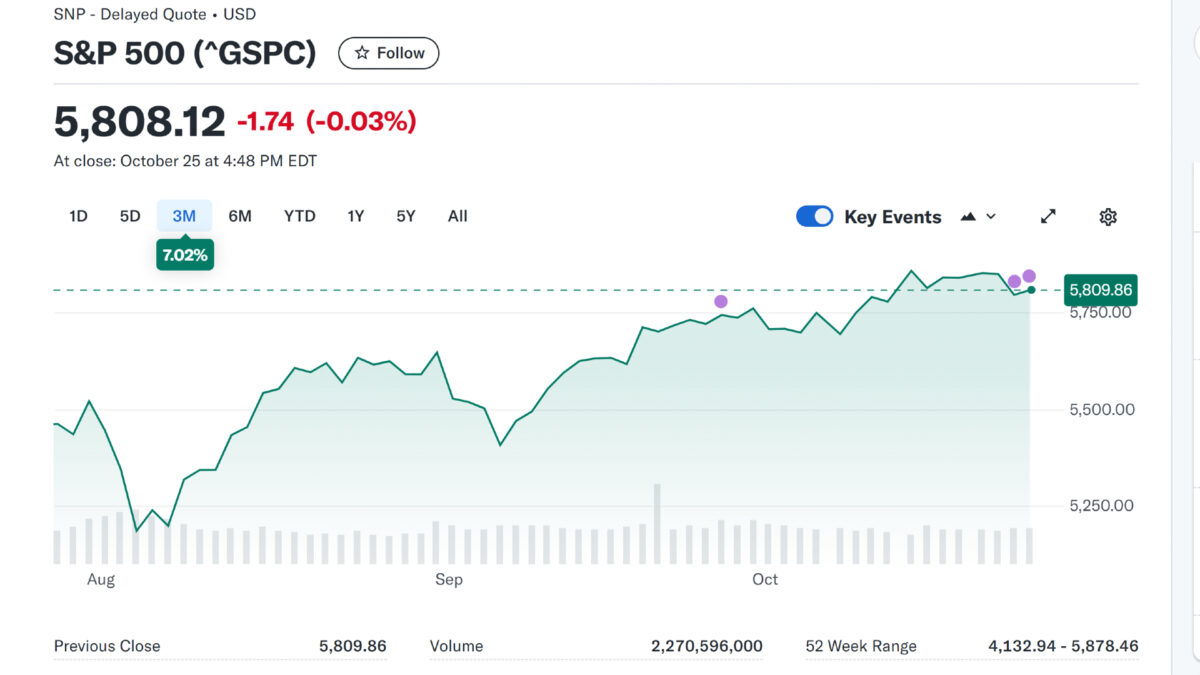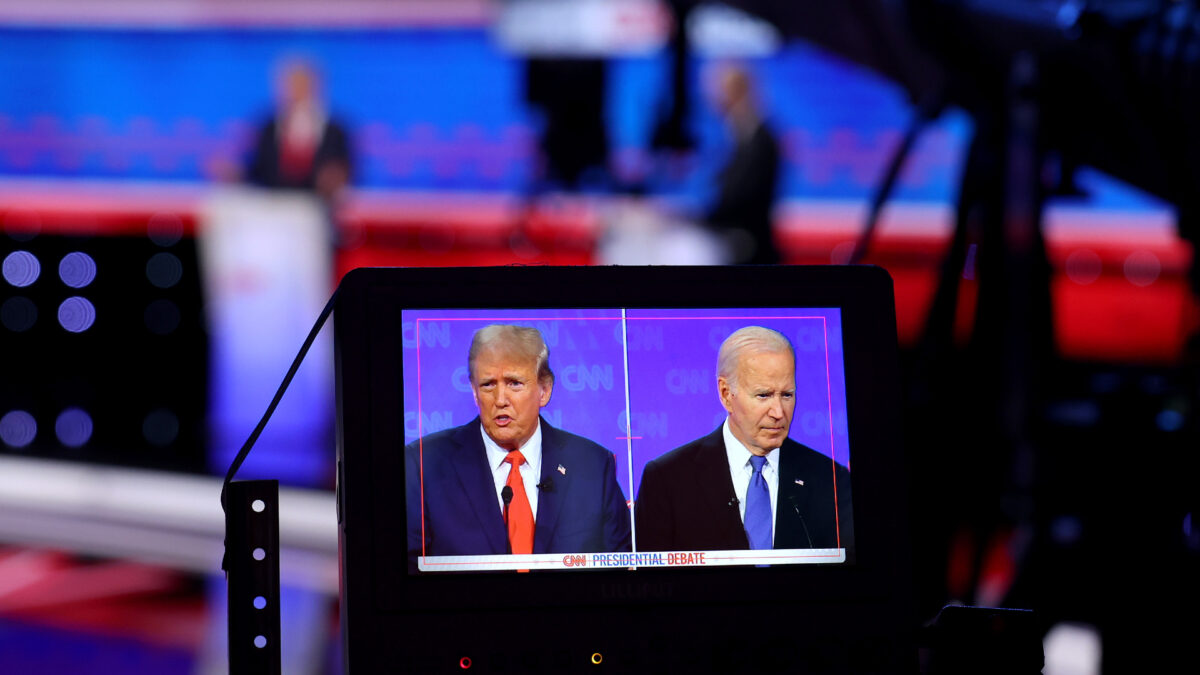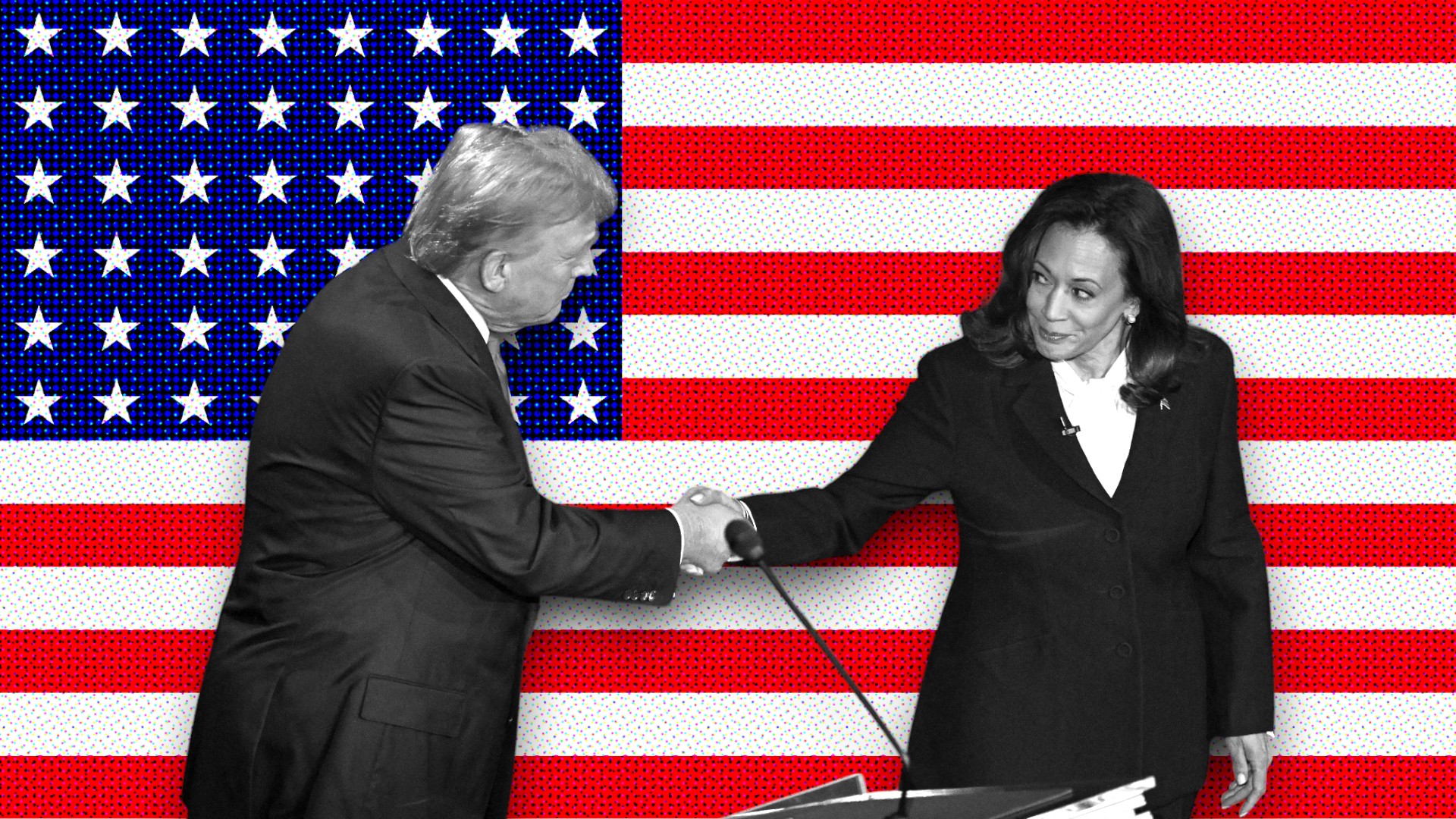When it comes to predicting the outcome of any US presidential election, the stock market has a proven track record dating all the way back to World War II.
Even when the polls got it egregiously wrong in 2016, the Standard & Poor’s 500 (S&P 500) managed to get it right — old faithful “knew” Donald Trump would defeat Democratic candidate Hillary Clinton in an upset for the ages.
And in 2020, the stock market continued its hot streak by “picking” Joe Biden over sitting president Donald Trump (razor-thin margin and all).

The rule of thumb is as follows: in the three months preceding the election (from August through to the end of October), if the S&P 500’s performance is negative, the incumbent party will be voted out of the White House and replaced by the opposition. If the S&P 500’s numbers are up, the incumbent party will generally remain in power.
At the time of this writing, the S&P 500 has climbed by +7.02% over the past three months, forecasting at least four more years of Democrat rule with current Vice President Kamala Harris stepping into the Oval Office. Though who knows what could happen between now and November 5th. Or whether this will mark one of the few historical anomalies (more on this later).
RELATED: The Financial Perks Of Being US President
For those of you asking for the exact science behind the stock market’s “Presidential Predictor,” as much as we’d like to rationalise it and show you the precise working — there simply isn’t any. Many theorise it has something to do with how S&P 500 performance is an accurate gauge for uncertainty, as well as how investors tend to sell when the future is unclear.
We’ve certainly had our fair share of market volatility in recent years given the whole matter of COVID-19, not to mention the two major ongoing conflicts (Russia vs Ukraine, Middle East); and a widespread sell-off understandably signals the people’s lack of faith in a new president.
Downward S&P 500 performance has been on the money when it comes to replacement almost every year since 1928; the sole exception being 1956 when President Dwight Eisenhower shrugged off a 7.7% decline to defeat Adlai Stevenson II. Positive performance, on the other hand, has been incorrect on two occasions with another reigning VP in Hubert Humphrey (1968) and President Jimmy Carter’s second bid (1980).

And as noted by Fortune, a small margin can still be correct. When George W. Bush (R) defeated Al Gore (D) in 2000 and the incumbent party was Democratic, the S&P 500 was down a virtually negligible 0.1%.
Yet another key indicator of voter sentiment that’s emerged involves betting odds. This makes perfect sense considering that, much like the stock market, money tied up in US presidential election results is quite literally on the line.
RELATED: Golf Is An “In-Demand” Skill For Corporate Jobs, Reveals Executive Recruiters
During the 2024 US Presidential Debate — which has been panned, on a wide number of occasions, as a farcical and concerning showcase of ad hominem attacks, falsities, and straight-up gibberish — the Sportsbet live odds widened in favour of Donald Trump from an already challenging $2.20 versus outgoing president and former Democratic candidate Joe Biden’s $3.50. By the end, those figures were $1.80 vs $4.50, respectively.
Currently, despite the market sentiments, Trump is sitting at $1.57 against VP Kamala Harris’ $2.40.
Again: this is by no means a concrete guarantee. Lest we forget the 2019 Australian federal election, wherein the bookmaker paid out bets on the Labor Party’s Bill Shorten two days before Aussies headed to the polls, resulting in losses exceeding $5 million.

Now read all about how US President Theodore Roosevelt was technically history’s first MMA fighter.
















